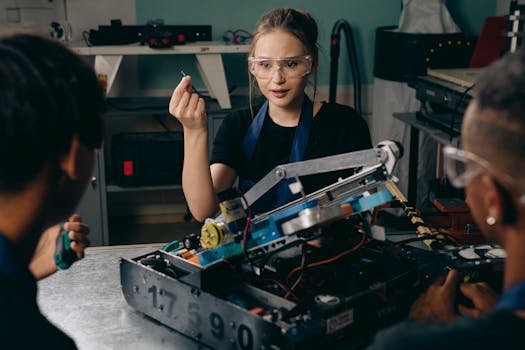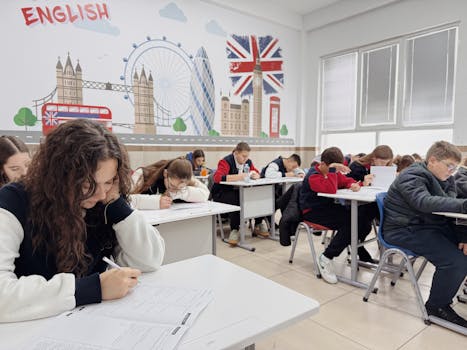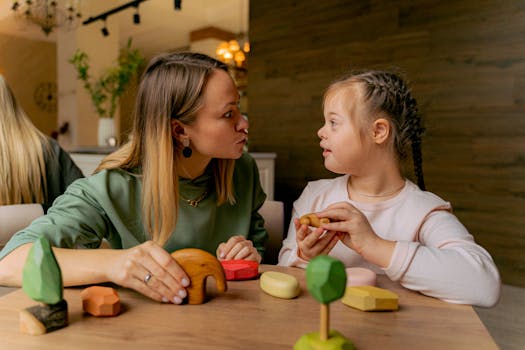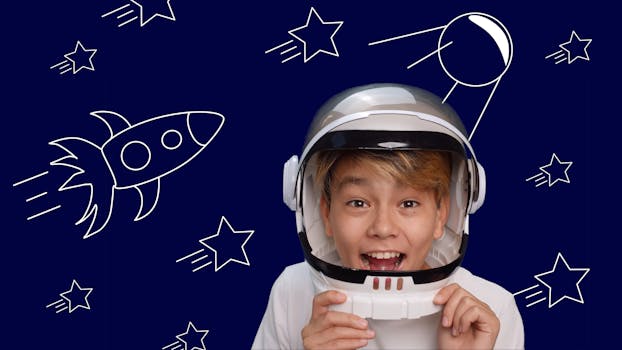Architecting Neural Pathways: A Neuroscientist's Guide to Effective Learning Environments
The intricate architecture of learning, illuminated by modern neuroscience, far surpasses simplistic metaphors of passive data ingestion. Instead, envision a dynamic, self-organizing system: the brain actively constructs neural networks, a process profoundly shaped by experience. Effective educational institutions, cognizant of this neurobiological reality, leverage this inherent plasticity to cultivate robust cognitive growth. This necessitates a decisive shift from passive knowledge absorption towards active engagement, strategically employing techniques like spaced repetition and interleaving – methodologies directly inspired by our comprehension of synaptic malleability. The interplay between the hippocampus, the memory consolidation epicenter, and the prefrontal cortex, the executive function command center, is paramount.
Consider the brain a complex, massively interconnected neural network, constantly undergoing structural remodeling. Each new datum strengthens or attenuates existing neuronal connections, necessitating the genesis of novel pathways. The stark contrast between rote memorization – a precarious, singular track through a dense cognitive forest – and a multi-faceted learning approach becomes apparent. Diverse learning modalities, practical applications, and collaborative endeavors weave a resilient, richly interconnected web of knowledge, far more impervious to cognitive decay. This multifaceted approach is far superior to the fragility of a single, easily lost pathway.
Harnessing Neuroplasticity: Cultivating Cognitive Flourishing
Neuroplasticity, the brain's extraordinary capacity for structural and functional reorganization throughout life, forms the bedrock of truly transformative learning. Optimizing this inherent potential is not about forceful information dissemination; rather, it’s about meticulously crafting environments that nurture the brain's innate proclivity for adaptation and expansion. Intrinsic motivation is pivotal. Genuine curiosity and engagement trigger dopamine release – a neurotransmitter inextricably linked to reward and pleasure – thus strengthening the neural circuits associated with the learning material. This positive feedback loop mirrors the principles of horticulture; a nurturing environment fosters growth, while neglect leads to atrophy. https://www.ncbi.nlm.nih.gov/pmc/articles/PMC3194931/
Furthermore, acknowledging diverse cognitive styles is crucial. Individual learners may exhibit predilections for visual, auditory, or kinesthetic learning experiences. A truly effective educational institution embraces this heterogeneity, providing a diverse array of pedagogical strategies. The analogy to sculpting is apt; a skilled artisan doesn't impose a pre-conceived form on the clay; they work with its inherent properties to create something exquisite and enduring. Similarly, effective institutions adapt their curricula to leverage individual strengths, fostering a sense of mastery and accomplishment.
Translating Neuroscience into Actionable Pedagogy
Our understanding of neurobiological principles translates into concrete, evidence-based strategies for cultivating transformative learning experiences. Active learning methodologies, such as problem-based learning, peer instruction, and project-based assessments, should replace lengthy, passive lectures. Retrieval practice, regularly prompting students to actively recall information, solidifies memory consolidation. https://pubmed.ncbi.nlm.nih.gov/29335457/ Spaced repetition, revisiting previously learned concepts at progressively increasing intervals, mirrors the brain's natural forgetting curve. Finally, fostering collaborative learning leverages the power of social interaction to enhance engagement and deepen comprehension. This synergistic approach is akin to a symphony orchestra; individual instrumental contributions blend harmoniously to create a magnificent whole. Collaborative learning, similarly, combines individual strengths to produce a richer, more impactful learning experience for all participants.
Cultivating Cognitive Flourishing: The Transformative Power of Neuroscience in Education
Our rapidly evolving world demands adaptability and continuous intellectual growth; therefore, the integration of neuroscientific principles into educational environments represents far more than a mere enhancement of standardized test results. Instead, it represents a profound shift towards nurturing a genuine, enduring passion for lifelong learning, fostering the development of well-rounded, resilient individuals capable of navigating complexity. This personalized approach, informed by a deep understanding of the learning brain, empowers students to actively participate in their educational odyssey, thereby honing metacognitive skills vital for future success. For more on maximizing learning potential, see our article on Essential Education: Hacking Your Brain for Lifelong Learning – Beyond the Textbook.
Consider the analogy of a horticulturalist meticulously tending a diverse and vibrant garden. The horticulturalist doesn't simply broadcast seeds haphazardly, hoping for a bountiful harvest. Instead, they possess an intimate understanding of each plant's unique requirements – the optimal sun exposure, hydration levels, and nutrient composition – to maximize their growth. Similarly, educators attuned to the intricate mechanisms of brain function can precisely tailor their pedagogical methods to optimize the learning potential of each student, leading to heightened engagement, superior knowledge retention, and a significantly enhanced sense of accomplishment.
Forging a Trajectory of Lifelong Cognitive Development
Effective educational institutions, firmly rooted in neuroscientific insights, establish a robust foundation for enduring intellectual growth. By igniting a fervent love of learning and by meticulously equipping students with the essential metacognitive tools to effectively manage their own learning processes, they empower individuals to embrace continuous personal and professional evolution. This transcends the mere acquisition of factual knowledge; it cultivates a mindset of inquisitive exploration, a fearless willingness to confront challenges, and the fortitude to overcome setbacks. These attributes – this cognitive resilience – possess a value that far surpasses any specific body of information, particularly crucial in our dynamic world. For strategies on thriving in the classroom, check out The Educator's Anti-Handbook: Rebellious Strategies for Thriving in the Classroom.
The human brain, akin to a highly adaptable neuromuscular system, strengthens with consistent exercise. A neuroscientifically informed approach empowers students to effectively exercise their cognitive faculties, forging robust neural pathways that extend far beyond the confines of the classroom. They evolve into lifelong learners, adept at adapting to novel circumstances, acquiring new competencies, and thriving in a world that demands continuous intellectual refinement. Investing in such institutions is not merely a fiscal expenditure; it is a strategic investment in the future, shaping a generation uniquely prepared to confront and capitalize on the challenges and opportunities of tomorrow. To learn more about navigating the challenges of post-secondary education, read Post-Secondary Education: Is It REALLY Worth the Price Tag? A Cost-Benefit Analysis You Won't Find Anywhere Else.






